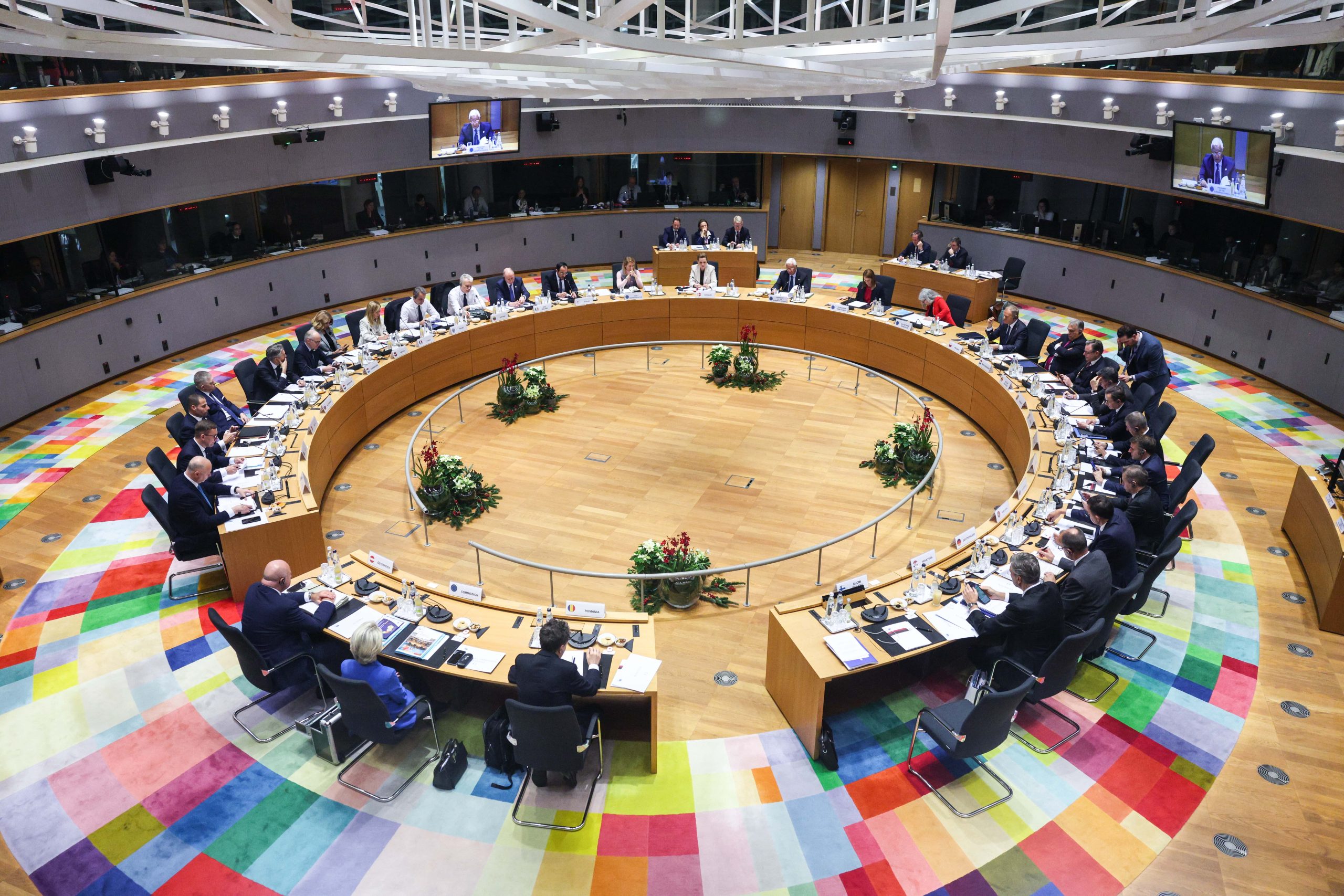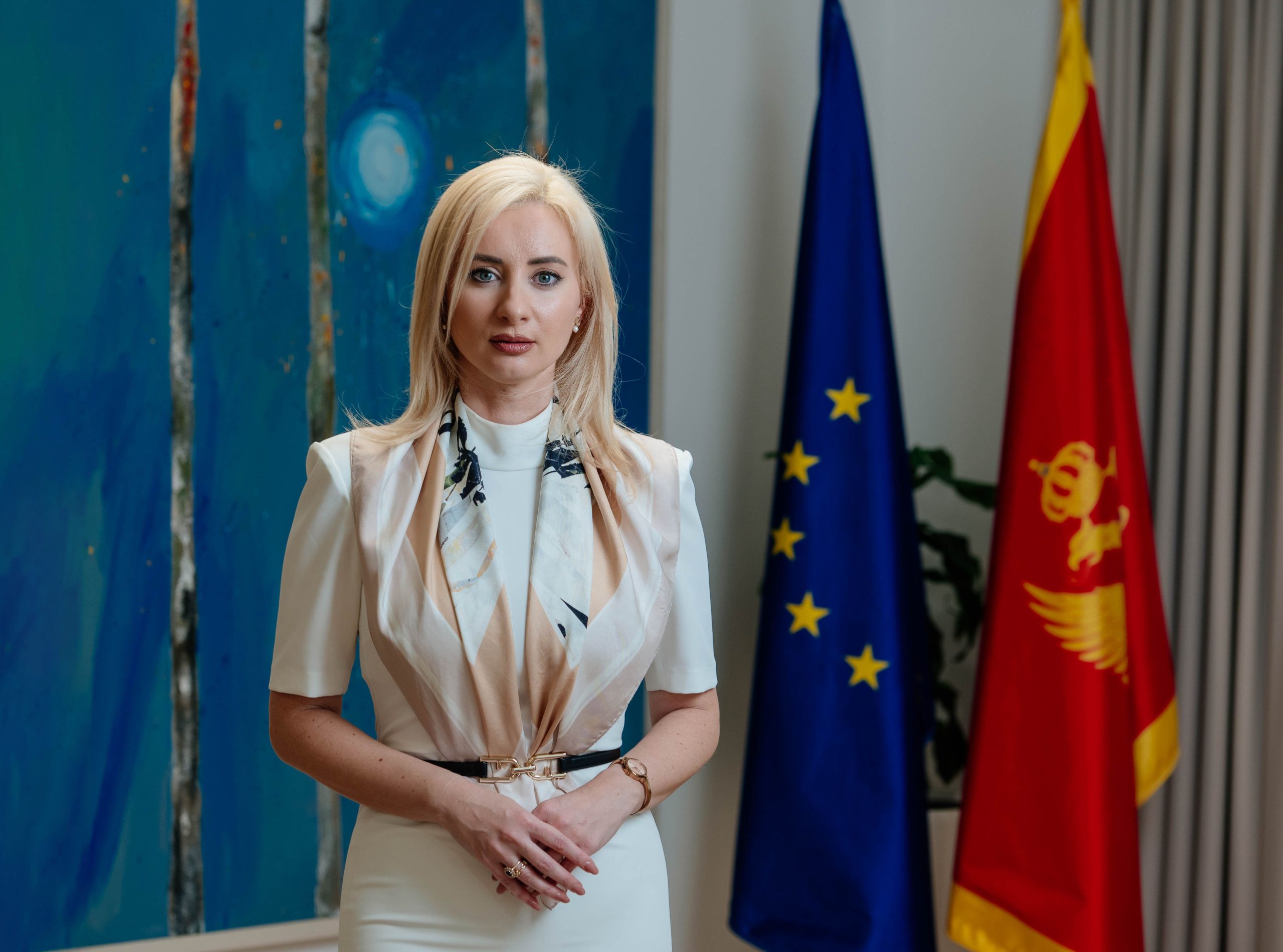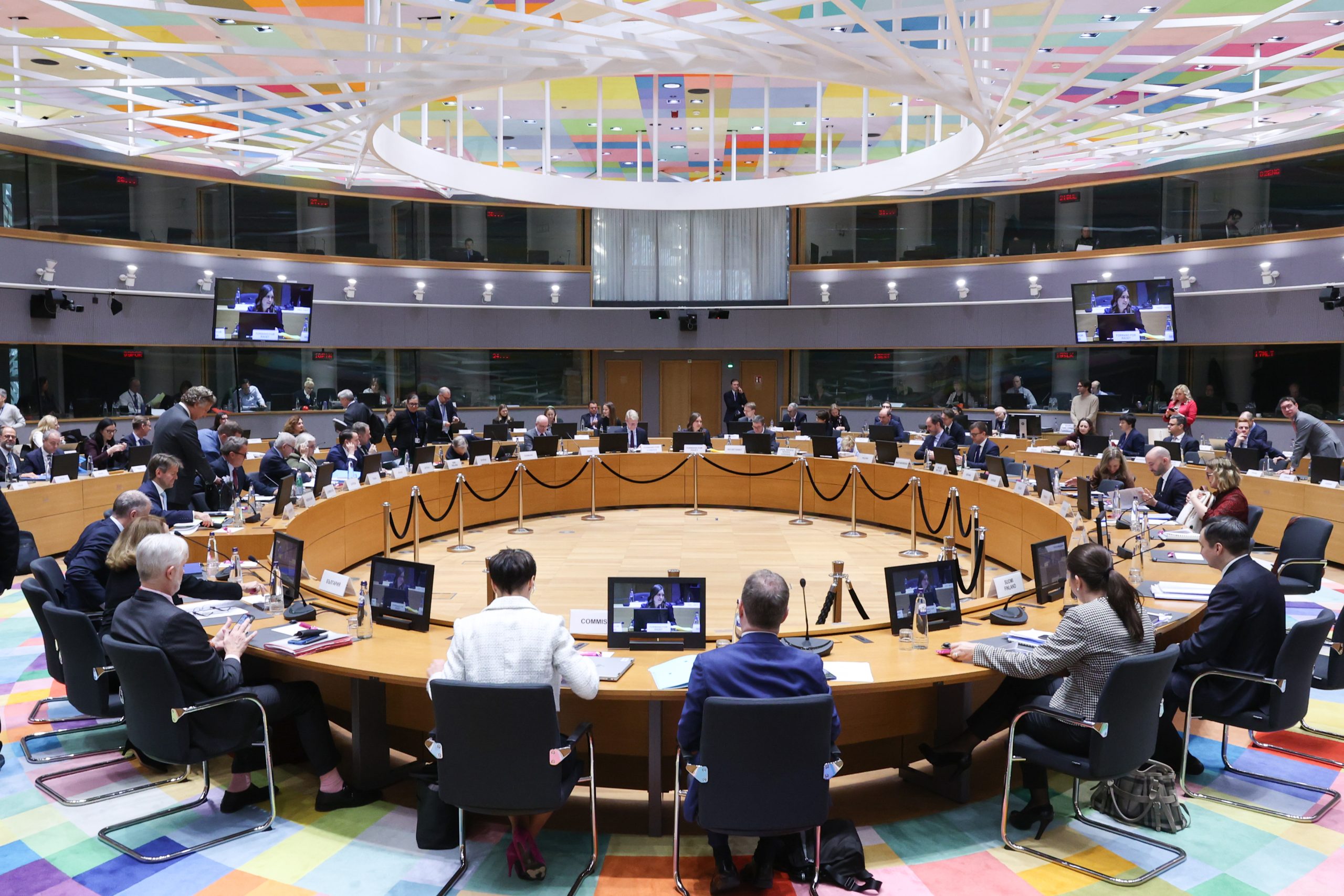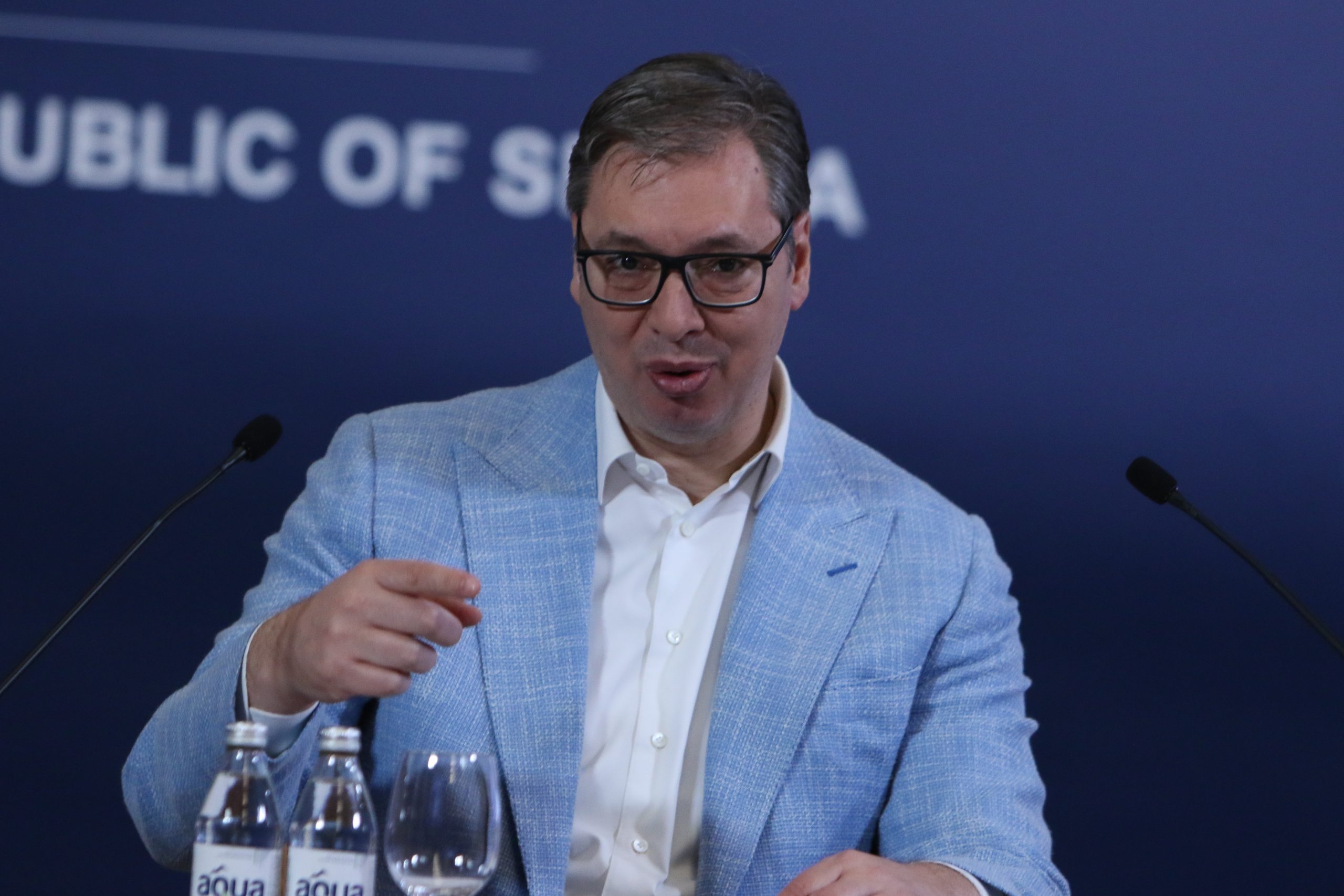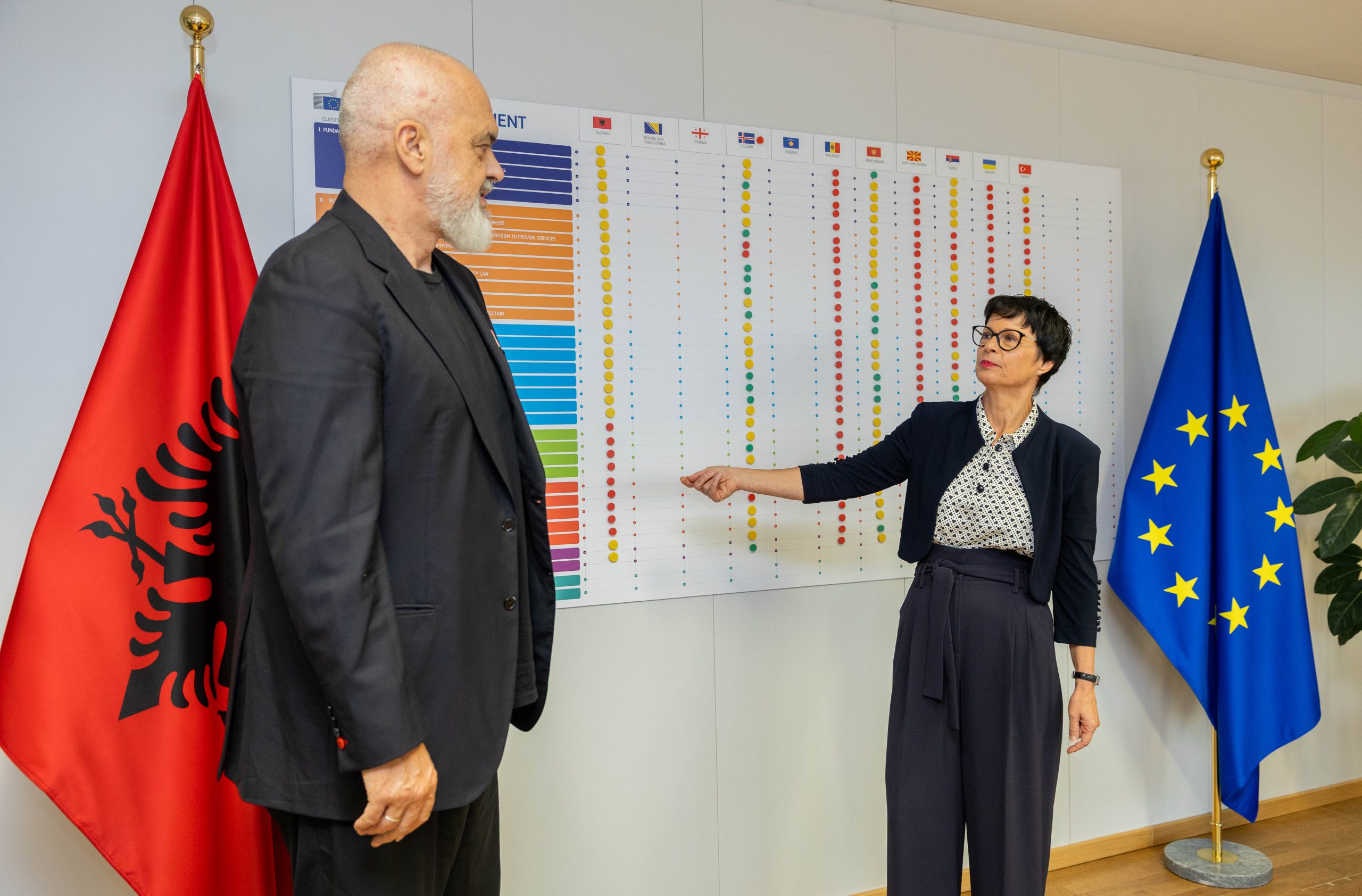*Opinion piece by Vladimir M. Pavlović, Policy Coordinator at the Belgrade Open School, and a participant at the conference Move.Link.Engage, organized by the Belgrade Open School and the Office for Cooperation with Civil Society of the Government of the Republic of Serbia on 18 and 19 September.
Nobody these days does not even argue the fact that the European project is facing many problems: rise of the populism in the member states, gloomy economic mood (low growth rates, high unemployment, and unstable economies in some of the Member States), inadequate answer to challenges in certain policy (migration, consumer protection, climate change) and creeping unpopularity of the project amongst the citizens. The unfavorable course of actions has been hitting EU simultaneously or one after another in past period, so here the reasonable question is whether the EU is capable of providing the right answers to these challenges.
One of the answers that emerges is “more Europe” and it would not be the first time that EU is responding by pushing for deeper integration. It has been presented in the White paper on the future of Europe and the way forward, it has been discussed the within other EU institutions and advocated vigorously amongst traditional true believers (e.g. Guy Verhofstadt, a former Belgian prime minister in his recently published book “Europe’s Last Chance” calls for a leap towards closer and deeper union as an answer to all emerging problems which, according to him, are flourished predominantly on the level of the Member states). Interestingly, Mr. Juncker within his address on the State of the Union for 2017, declared that “wind is back in Europe’s sails” and argued, amongst the other, for a single currency in the EU, merging of two presidencies since “Europe would be easier to understand if one captain was steering the ship”, and a qualified majority voting on foreign policy – all attributes of “even closer Union”.
The painfully obvious fact, however, is that the EU represents the sum of different integrations – 28 (soon to be 27) member states, all of them are part of the single market, but 21 in Schengen, different 21 in NATO, 19 in Eurozone. These are just some of the examples of the diversification and different levels of the EU integration process. Thus, more Europe is hardly a feasible answer and one-size-fits-all concept is scarcely to be implemented.
Can the EU continue to muddle through? It is one of the options that EU so gladly adhered in the past. This could be applied in this moment particularly bearing in mind that many argue that the euro and migration crises have passed their peaks, single market turned to be resilient to financial crises and improvements in integration have been made when it comes to cooperation in combating terrorism and organized crime and speaking in a rather common voice when it comes to the issues of global international relations.
However, existing challenges differentiate this moment in comparison to any other in the past. Consequences of Brexit – unanticipated at the moment – creeping economic crisis, firm raise of anti-European populism, even in the so-called old member states, migration crisis which clearly showed the lack of common answer by the EU and its member states (resulting in ECJ rejecting challenge brought by Hungary and Slovakia against the European Union’s power to force member states to admit asylum seekers) – all of these clearly point out the muddling through brings even more unpredictable future for the EU.
The third option would be to opt for the multi-speed EU – common goals in different speed. This is also nothing new for the EU (Tindeman’s “two-speed Europe”, Lamers & Schäuble “hard core” Europe, Chirac’s “pioneers group”, and most recently Merkel’s “Union of different speeds”). None of these initiatives were tested in practice – perhaps now is the time. EU has been evolving following its own (neo)functionalism with a spillover effect caused by the positive impacts of integration on member states’ policies – in practice of most policies it is actually functioning as a multi-speed Europe.
What is necessary at this moment is to come with courageous, pragmatic, vise and feasible way to secure existing positive effects of EU integration, securing the functioning of the EU system, enabling further deepening of the internal (in accordance with the realistic capacities of its Member States) and securing its further external integration (carefully securing that newcomers in the club fulfill all the necessary criteria and adhere in practices goals and values of the ongoing European project).


